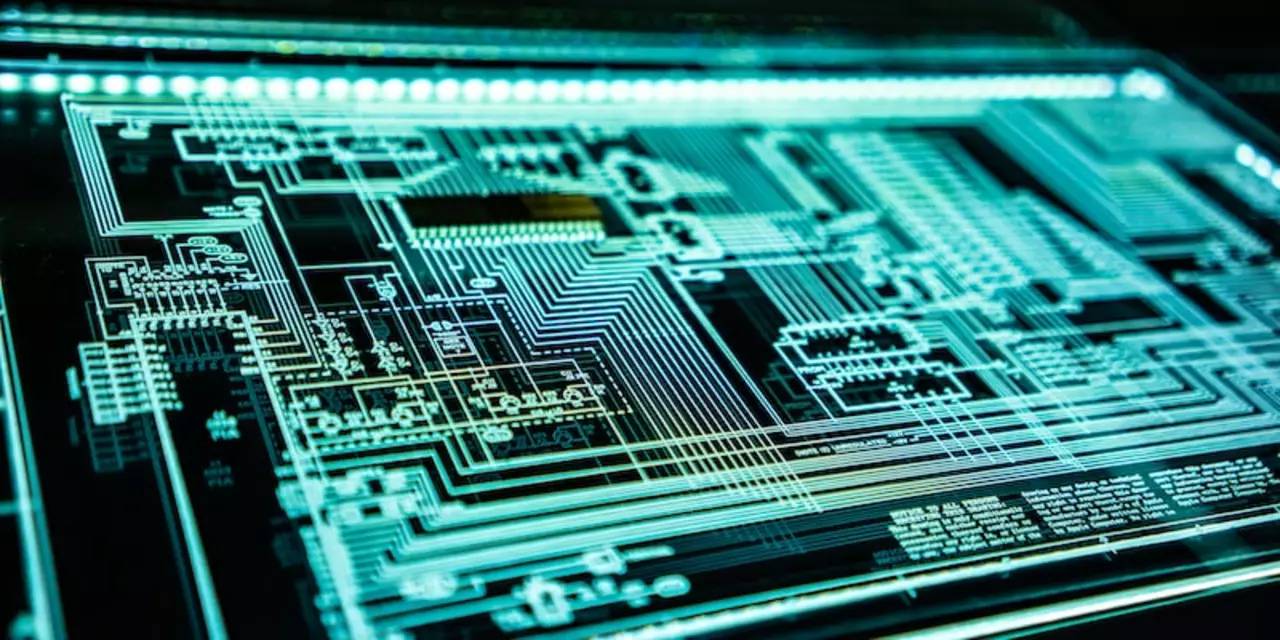
Exploring the Basics of Electronic Components: What You Need to Know
Electronic components are the building blocks of all electronic devices, from the simplest of gadgets to the most complex machines. They are pieces of hardware that allow electrical current to flow through them, resulting in the operation of the device. Electronic components are extremely versatile, enabling countless combinations of components to be used in a variety of ways.So, what exactly are electronic components? At their most basic level, they are devices that are designed to control the flow of electricity. This can be done by controlling the voltage and current, or by acting as a switch to turn a circuit on or off. Some common examples of electronic components are resistors, capacitors, transistors, diodes, and integrated circuits (ICs).
Now, the big question: how long do electronic components last? Generally, the lifespan of an electronic component is determined by its type, quality, and the environment in which it is used. Generally, components that are used in low-voltage, low-current applications can last for many years. However, components used in higher-voltage, higher-current applications may only last for a few years.
It is important to note that the exact lifespan of an electronic component depends on many factors. Temperature, humidity, and mechanical stresses can all affect the lifespan of an electronic component. It is also important to note that some components have a finite number of cycles before they become unreliable or fail.
In conclusion, electronic components are the building blocks of all electronic devices, and their lifespan varies depending on their type and the environment in which they are used. The important thing to remember is that it is important to take the necessary steps to ensure that your electronic components are functioning properly and lasting as long as they should.
Making the Most of Your Electronic Components: What to Consider for Long-Term Use
Electronic components are integral parts of any electronic device. They are the basic building blocks that allow a device to function and perform its intended purpose. While electronic components are designed to last for a long time, it’s important to keep in mind that there are certain factors that can affect their longevity.When considering the long-term use of electronic components, the first and most important factor to consider is the environment in which they will be used. Temperature and humidity can have a big effect on the life of an electronic component. Too much heat or moisture can cause corrosion and other damage over time, shortening the life of the component.
It’s also important to keep in mind the type of device that the components are being used in. Some components are more suitable for certain types of devices than others. For example, a component designed for a medical device may not be suitable for use in an industrial setting.
Finally, it’s important to consider the quality of the components. Cheaper components may be tempting, but they can be unreliable and may need to be replaced more frequently. It’s better to invest in high-quality components that will last for a long time.
Overall, with the right care and maintenance, electronic components can last for years. By taking into account the environment, the type of device, and the quality of the components, you can make sure that your components serve you well for a long time.
Understanding the Lifespan of Electronic Components: How Long Do They Last?
Electronic components are incredibly important in today’s digital world. They are found in almost every electronic device, from smartphones to computers and even cars. But how long do these components last?The answer to this question is highly dependent on the type of component, the environment it is in, and the manufacturer. Some components, such as resistors, can last for decades, while others, such as capacitors, may only last for a few months.
In general, the lifespan of an electronic component is determined by its design. For instance, components made with higher-grade materials and more sophisticated designs tend to last longer than those made with lower-grade materials. Components also tend to last longer in cooler temperatures and when they are not subjected to vibration or extreme temperatures.
The manufacturer’s warranty can also be a good indicator of how long an electronic component will last. Generally, components that come with a manufacturer’s warranty of two years or more are expected to last that long, or even longer.
When it comes to electronic components, there is no one-size-fits-all answer as to how long they will last. However, understanding the factors that affect the lifespan of a component can help you make an informed decision about which components are best for your needs.
How to Ensure Your Electronic Components Last: Tips and Advice for Maximum Efficiency
When it comes to extending the life of your electronic components, there are a few tips and tricks to help ensure they stay in peak condition. While electronic components are designed to last, they’re susceptible to damage and wear with time. Here is some advice to help ensure your electronic components last:1. Keep your electronic components free of dust and debris. Dust, dirt, and other particles can interfere with the functioning of the components and cause them to wear out faster. Regularly cleaning your components with an air duster or special electronic cleaning solution can help keep them functioning properly.
2. Handle your electronic components with care. Dropping, bumping, and otherwise mishandling your components can cause internal damage and can result in premature failure. Make sure to handle your components with care and use appropriate padding if you’re transporting them.
3. Store your components in a cool, dry place. Excessive heat and moisture can cause your components to corrode or malfunction. Make sure to store your components in a cool, dry place away from direct sunlight.
4. Check for signs of wear and tear. Regularly inspect your components for signs of wear and tear. This can help you identify any potential problems before they become serious and potentially costly.
5. Replace any worn or damaged components. If you notice any signs of wear and tear, it’s important to replace the component right away. This can help prevent further damage to other components and can help ensure your system continues to function properly.
By following these tips, you can help ensure your electronic components stay in peak condition and last as long as possible. Additionally, if you’re ever unsure about how to handle or store your components, be sure to consult the manufacturer’s instructions to get the best advice.


